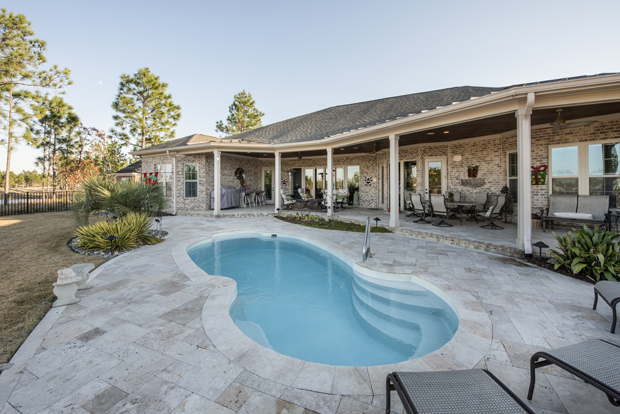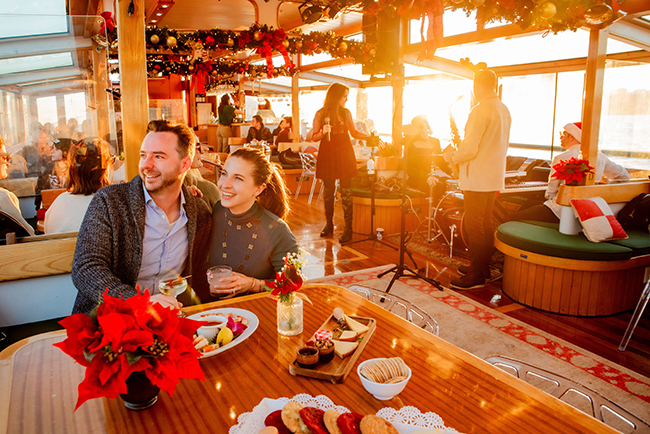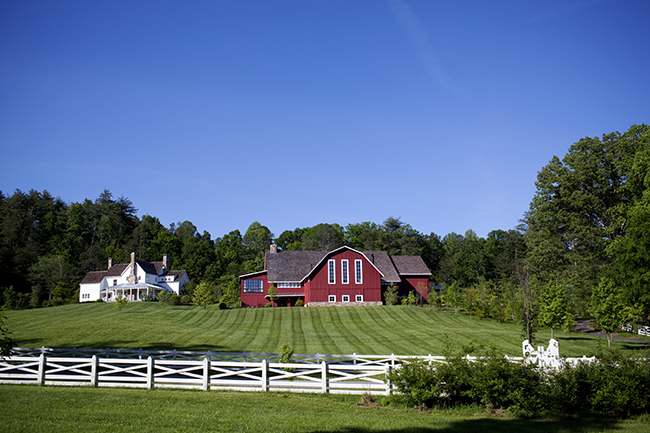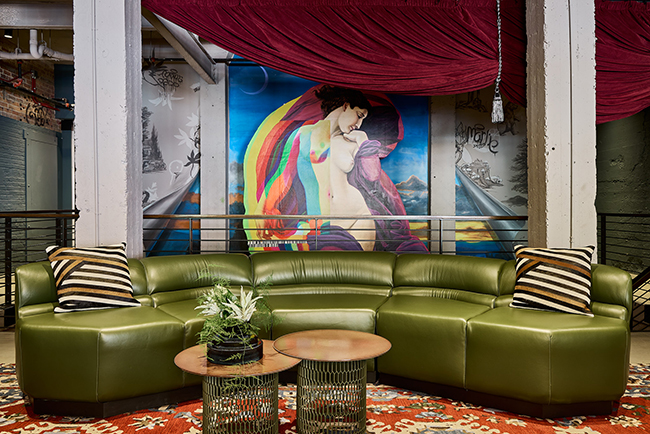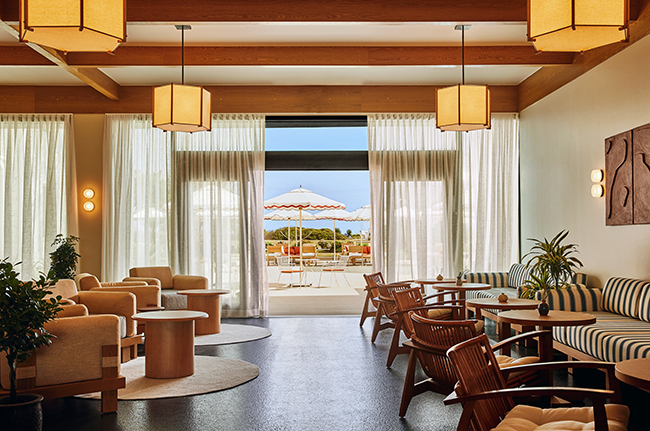A Visit to Newport
30 Dec 2016
Rich with history and boasting the largest concentration of colonial mansions in America, this Rhode Island city has lots to offer visitors and residents alike
By TERESA A. MCLAMB

While it’s known primarily for yacht racing and Gilded Age mansions, Newport, Rhode Island, has much to share with visitors. Settled in the 1600s, the quaint town along the Narragansett Bay boasts firsts, including the oldest synagogue in the U.S. and the oldest continuously operating lending library.
As early as 1639, new residents seeking freedom from religious persecution were moving to Newport from the Massachusetts Bay Colony. Worshipers at Tuoro Synagogue (America’s oldest, dedicated in 1763) possess a letter from President George Washington in which he guaranteed their freedom to worship. The 1790 letter states that the new nation “gives to bigotry no sanction, to persecution no assistance.” Present day members, including descendants of the original Jewish settlers from Spain and Portugal, read the letter aloud as part of an annual celebration in August.
White Horse Tavern, open since 1673, is the oldest continuously operating tavern in the U.S.
Newport once thrived as part of the triangle trade of rum and slaves. Ships loaded with rum sailed to Africa where they picked up slaves for transport to the Caribbean to be traded for sugar. With 22 distilleries as of 1769, Newport became known as the rum capital of the world. The 1764 Sugar Act and the Revolution resulted in the industry fading out. Just ten years ago, local residents opened Newport Distilling, the first licensed distillery in the state in 135 years. Their Thomas Tew (named for a resident pirate) rum follows the 18th century tradition of using blackstrap molasses in their single barrel rum. They’ve more recently added Newport Storm beers which experiment with seasonal flavors. Everything’s available for tasting and the distillery is open for tours.
In the center of town, the 1739 Old Colony House stands at Washington Square. It was there in May of 1776 that Rhode Islanders became the first to declare independence from England. Today’s residents celebrate that event each May.
Nearby on Bellevue Avenue is the Audrian Car Museum, where the collection of several local men is showcased in a rotating display. The 160 vehicles can be classified as muscle cars, classics, racers, etc. and the collection rotates along these theme lines. Earlier this year, the exhibit included several cars and motorcycles that have officially clocked at more than 200mph. Only one vehicle in the showroom was individually valued at less than $1,000,000.
During the American Revolution, Newport was occupied by British forces who burned more than 200 homes and all of the trees attempting to keep warm during the harsh winters. At the end of the Revolution, about 300 homes were still standing. They represent the largest collection of colonial homes in America.
Decades later, wealthy industrialists, enjoying the benefit of no income tax, discovered the beautiful landscape and began building summer cottages along the waterfront.
From 1865 until the end of the Gilded Age in 1914, Newport became the number one summer destination in the world. The massive structures that remain are examples of architectural innovation and individual excess.
Lavish parties were the norm through the summer, many costing in excess of $100,000. One of particular renown was hosted by Mrs. Stuyvesant Fish, who invited all the neighbors’ dogs for a three-course dinner bash minus their owners. They were dressed formally and delivered to Mrs. Fish’s home by household servants.
With imposition of the personal income tax in 1913, then WWI and the stock market crash, the homes were too expensive to keep. Many were abandoned and sold very cheaply or given away.
Thanks to the Preservation Society of Newport County (founded in 1945) and to Doris Duke’s Newport Restoration Foundation, many of the homes were saved. Duke’s own home, Rough Point, is open for tours in the summer. Duke’s foundation owns about eighty of the colonial homes which it has restored and uses as residential rentals. There is a two year waiting list.
Cornelius Vanderbilt II’s 70-room summer cottage, The Breakers, is now the number one tourist attraction in Rhode Island. Designed by Richard Morris Hunt, who designed all of the Vanderbilt homes including Biltmore House in Asheville, Breakers cost about $5 million to construct.
Along with The Elms and Marble House, The Breakers is open for tours during and through the holiday season. Filled with thousands of poinsettias and fresh flowers, the homes will have 24 decorated Christmas trees. A working garden scale model of the Vanderbilt family’s New York Central Railroad will be in the second floor loggia, traveling through a gingerbread village of Newport mansions.
In stark contrast to the mansion district, one of the most intriguing attractions in the Newport area is the Coggeshall Farm Museum, a 48-acre working farm on a salt marsh in Bristol. Farm manager Casey Duckett met us at the fence. Dressed head-to-toe as the tenant farmer would have in the 1790s, he explained that the farm is as authentic as possible from its gardens of heritage plants to the breeds of animals kept. Duckett often spends the night at the farm, sleeping on a bed made of rope and dried corn shucks.
Thousands of school children have benefited from the many lessons offered at the farm, and there’s a four-day immersion program for anyone wanting to live the authentic experience.
Fans of presidential history will want to visit St. Mary’s Catholic Church where John Kennedy and Jacquelyn Bouvier wed in 1953. Bouvier spent her summers at the family’s Hammersmith Farm in Newport. St. Mary’s was the first Catholic church in Rhode Island.
The same Irish immigrants who helped to build St. Mary’s worked on the construction of Fort Adams. Deemed to be America’s largest coastal fortification, the fort has an extensive system of underground listening tunnels. Guided tours by the fort’s self-proclaimed biggest fan, Robert McCormack, include walks along the upper walls, barracks and much more. Located inside Fort Adams State Park, the fort, which opened in 1799, is owned by the state and operated by a nonprofit organization.
Tickets to many of these attractions are available through DiscoverNewport.org or the visitors center at 23 America’s Cup Avenue.

